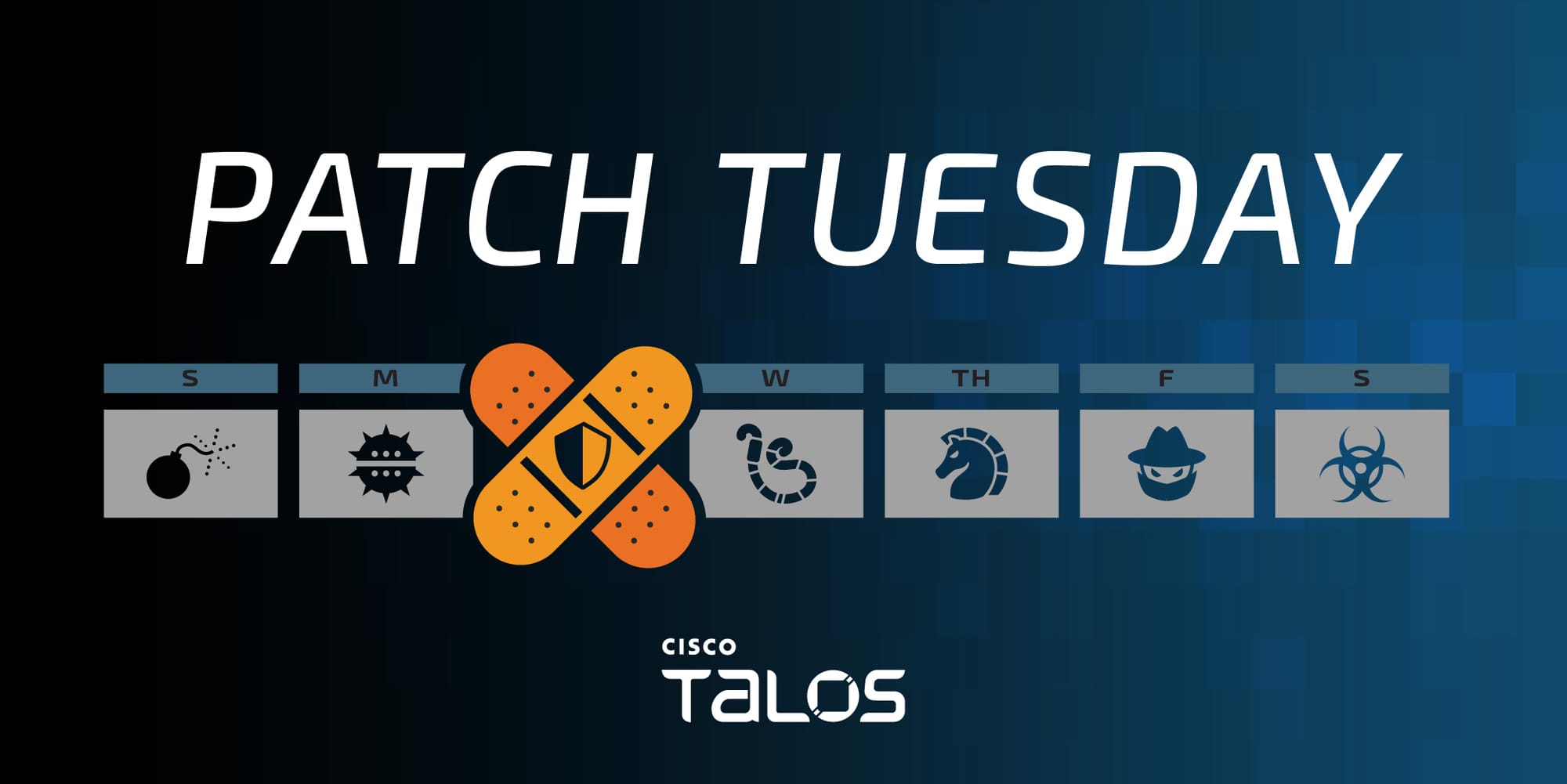How are attackers trying to bypass MFA?
Exploring trends on how attackers are trying to manipulate and bypass MFA, as well as when/how attackers will try their 'push-spray' MFA attacks
How we can separate botnets from the malware operations that rely on them
A botnet is a network of computers or other internet-connected devices that are infected by malware and controlled by a single threat actor or group.
Operation Celestial Force employs mobile and desktop malware to target Indian entities
Cisco Talos is disclosing a new malware campaign called “Operation Celestial Force” running since at least 2018. It is still active today, employing the use of GravityRAT, an Android-based malware, along with a Windows-based malware loader we track as “HeavyLift.”
Only one critical issue disclosed as part of Microsoft Patch Tuesday
The lone critical security issue is a remote code execution vulnerability due to a use-after-free issue in the HTTP handling function of Microsoft Message Queuing.
The sliding doors of misinformation that come with AI-generated search results
AI’s integration into search engines could change the way many of us interact with the internet.
DarkGate switches up its tactics with new payload, email templates
DarkGate has been observed distributing malware through Microsoft Teams and even via malvertising campaigns.
New banking trojan “CarnavalHeist” targets Brazil with overlay attacks
Since February 2024, Cisco Talos has been observing an active campaign targeting Brazilian users with a new banking trojan called “CarnavalHeist.” Many of the observed tactics, techniques and procedures (TTPs) are common among other banking trojans coming out of Brazil.
Attackers are impersonating a road toll payment processor across the U.S. in phishing attacks
Drivers from New York to Georgia and Pennsylvania have received these types of texts with equally convincing phishing text messages and lure pages.
LilacSquid: The stealthy trilogy of PurpleInk, InkBox and InkLoader
Cisco Talos is disclosing a new suspected data theft campaign, active since at least 2021, we attribute to an advanced persistent threat actor (APT) we’re calling “LilacSquid.” Multiple TTPs utilized in this campaign bear some overlap with North Korean APT groups.








